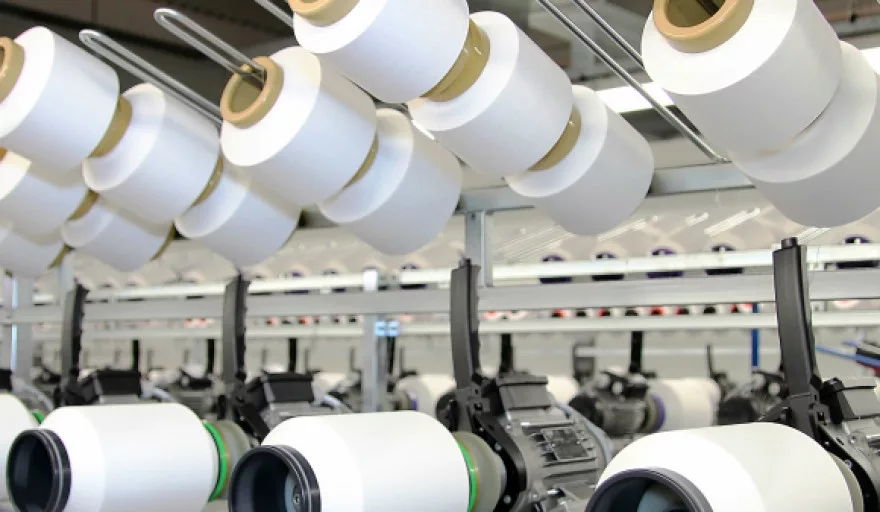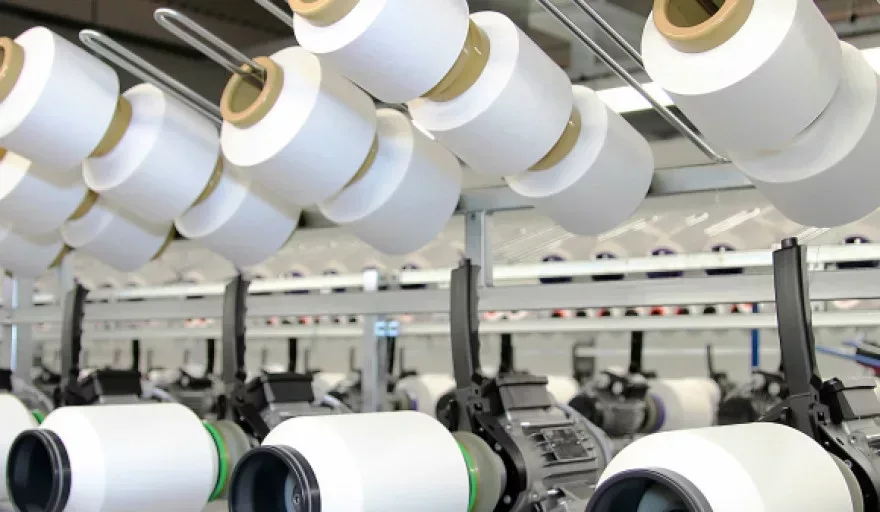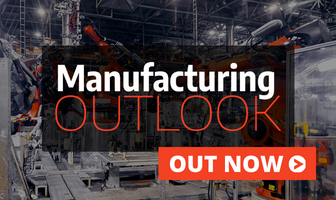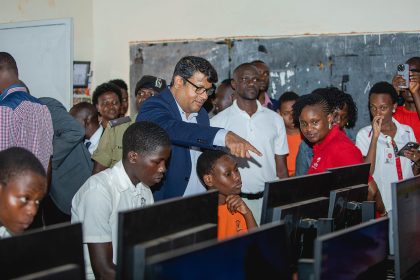
By Ina Sondermann, Associate Director, Investigations and Disputes, Kroll
This year will be the first full year of the Ethiopian Government’s Growth and Transformation Plan II (GTP II), its second five-year plan ultimately aimed at making Ethiopia a middle-income country by 2025. One of GTP II’s key focuses is manufacturing which has already attracted significant foreign investment into Ethiopia. Combined with internationally impressive growth figures, does GTP II translate into booming opportunities for foreign investors? Perhaps, but successful investment execution in Ethiopia calls for a look beyond the headlines.
Ethiopia’s annual GDP growth rate – estimates range from seven to 12 percent – is one of the most tangible indicators of a booming economy. Foreign direct investment figures have largely followed this trend. According to the United Nations Conference on Trade and Development, Ethiopia’s inward FDI totalled US$1.2 billion in 2014, up from US$953 million in the previous year. Manufacturing in particular has benefitted. It was the top recipient over the past six years, and has accounted for 76 percent of total investment for operational projects, as reported by the World Bank. The majority of manufacturing FDI has come from Turkey, China and India; with the textile, footwear, and food and beverage industries specifically targeted.
Weighing up the positives
A major draw for foreign investment in Ethiopia is comparatively low labour costs and a large workforce, although some investors have noted the relative lack of skilled workers and lower levels of productivity. Wages in manufacturing for garments and leather products for instance are significantly lower in Ethiopia than in other East African markets, as well as Asia. Market size and potential in Ethiopia – Africa’s second-most populous country with a population of close-to 100 million people – is considerable. Unionisation rates are currently low in Ethiopia but labour and local community relations will require careful planning for the future as part of an investment.
Against the positives, a lack of infrastructure is frequently cited as a key constraint for foreign investment in Ethiopia. Although the Government continues to invest heavily in large-scale infrastructure and energy projects, logistics and telecommunications remain operational challenges. Progress is visible in ventures such as the Addis Ababa-Port of Djibouti rail line which is on schedule to become fully operational in 2016, and the construction of power transmission lines between Ethiopia and Kenya due for completion by late 2018.
Economy stability
As seen in the transition from GTP I to II, political stability has resulted in better planning and ambitious long-term strategies, increasingly viewed positively by international credit rating agencies. The Ethiopian People’s Revolutionary Democratic Front (EPRDF) has dominated politics since the early 1990s, and took all seats in parliament at last year’s elections. Even after the death of longstanding Prime Minister Meles Zenawi in 2012, Ethiopia has remained stable albeit scoring lower on democratic indicators and criticised for the lack of civil liberties. However, the country’s “ethnic federalism” also poses a threat of domestic unrest as witnessed in late 2015 and early 2016.
The central role played by the EPRDF in Ethiopia’s state-led command economy has meant that certain industries typically attractive to emerging market investors – telecommunications and banking in particular – are closed to foreign investment. There are some slight signs of change, notably in real estate, but it remains to be seen whether other sectors will follow. GTP II is also focused on value-added exports, such as manufacturing and agro-processing.
Programmes advantageous for investors including tax holidays and industrial parks exist but Ethiopia continues to suffer from foreign currency shortages. Investors should consider in advance the practical aspects of taking profits out of the country and exiting local investments, although in theory, legal guarantees are in place for the repatriation of capital and profits.
Building local relationships
Political access and the ability to interact effectively with Government are important in the Ethiopian context. Foreign investors have noted that local businesses can be hard to separate from the state, with negotiations and operational management as potential challenges due to political loyalties mixed in with business objectives. An awareness of the decision-making structures and procedures at all levels of Government will help to prepare an investor for both the pre and post-transaction setting.
Time spent building local relationships is crucial in Ethiopia, and not only for understanding local partners and the business environment. Government and bureaucratic structures mean that obtaining trading licences and other aspects of doing business often take more time than anticipated. The Ethiopian Investment Commission, revamped in 2014, markets itself as a “one-stop shop” for inward investors in an attempt to streamline procedures. In Ethiopia, only one-third of FDI projects convert from pre-implementation into operational stages, leading the World Bank to describe investor care as an urgent task to support FDI.
Foreign investment will ultimately contribute to national development and hopefully push Ethiopia along to achieve the middle-income country status to which the Government aspires. While some initial draw cards such as low wages may be eroded over time, the market potential is remarkable. The World Bank ranked Ethiopia as the sixth-largest economy in sub-Saharan Africa with a nominal GDP of nearly US$55 billion in 2014. The country and its economy continue to be beset by structural issues but there are many signs – not least GTP II – inviting a measured look by foreign investors. Considering and understanding the true levers and drivers of business and politics will go a long way to successfully executing deals with exciting promise in Ethiopia.































